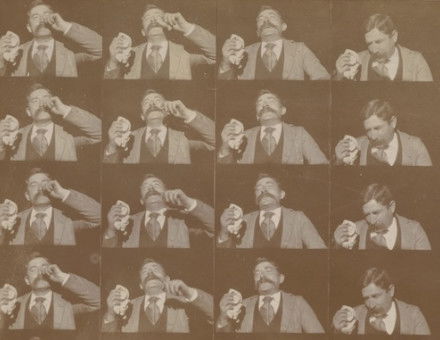The British in the Air 1809-1903
Terence McLaughlin describes aeronautical experiments from gliders to powered machines.
British experiments with heavier-than-air craft had been going on for almost a century before the Wright brothers made their first successful powered flight at Kittyhawk on December 17th, 1903; and these experiments included a great deal of inspired invention, some even more inspired flights of fancy. It is generally agreed that the history, not only of British flying but of the whole of modern aviation, begins with the work of Sir George Cayley (1733-1857), a Yorkshire baronet whose de Cailly ancestors came with the Conqueror.
Cayley’s interests were almost as wide as those of Leonardo - he wrote, experimented, and invented in subjects as disparate as land reclamation, unemployment relief, the design of artificial limbs, railway construction, lifeboat building, theatre design, and introduced the hot-air engine and the caterpillar track for vehicles - but his best claim to immortality is his remarkable series of papers and experiments in which he deduced almost all the principles of flight now used by aircraft designers.





